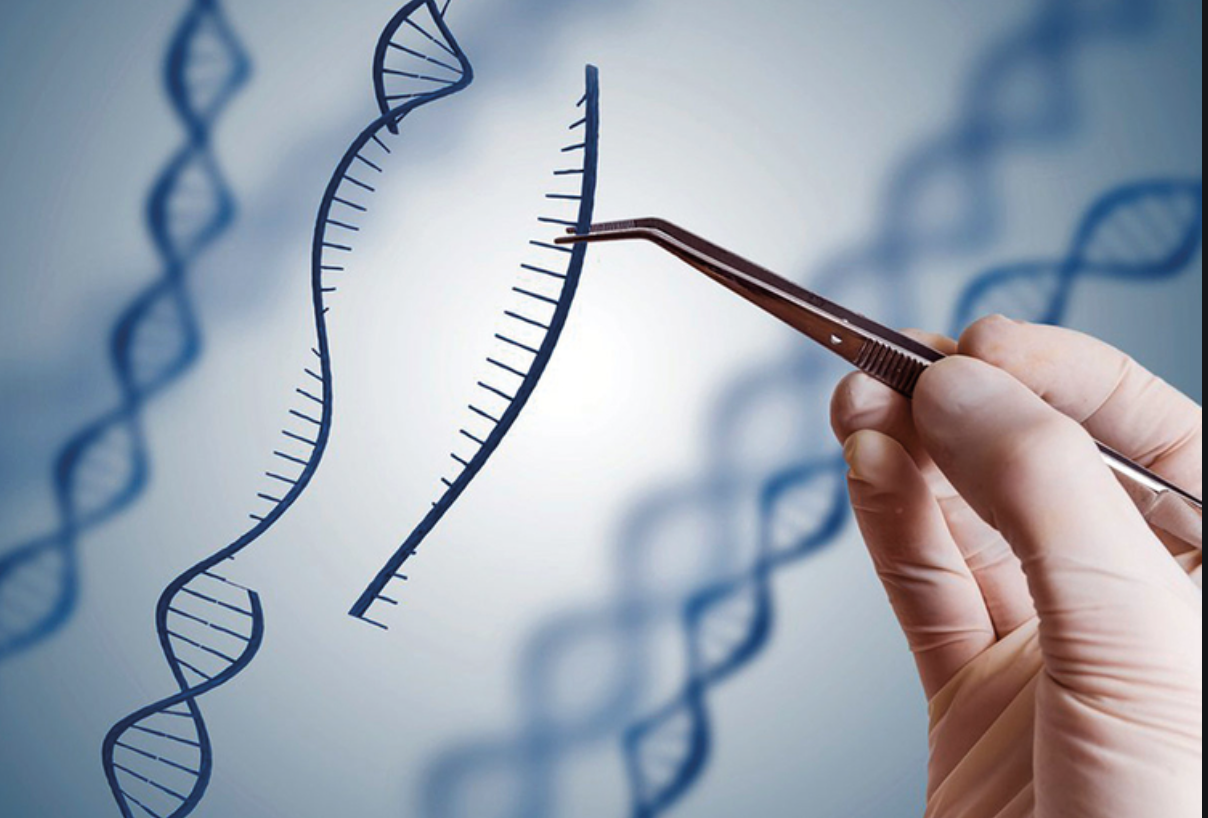This year, our scientists did not fail to amaze us with yet another fascinating discovery. Emmanuelle Charpentier and Jennifer A. Doudna received Nobel Prize in Chemistry 2020 for the discovery of one of the gene world’s essential and sharpest tools; The CRISPR/ Cas9 genetic scissors. Science has come a long way by developing these scissors which no one ever imagined could be made. These scissors would contribute to enhancing the quality of life not only for humans but also for animals, plants, and microorganisms.
Researchers and Scientists modify the gene cells in order to find out how life functions. This process, however, used to be really difficult as well as being time-consuming and in some cases, impossible. Thanks to the new era of science, we have such modern tools as the CRISPR Scissors which would not only make these tasks possible but also quicker. Genetics itself is a very commanding department of the sciences and now with the discovery of their sharpest tool, the scientific specialty has gained enormous power which affects everyone as it not only alters human and animal genomes, but also those of plants. Thus, it is not only the medical sciences who benefitted from this discovery which has also broken ground for the possibility of new and innovative crops.
Emmanuelle Charpentier was born in 1968 in Juvisy-Sur-Orge in France and got her Ph.D. in the year 1995. She is currently serving as the Director of the Max Planck Unit for the Science of Pathogens in Berlin, Germany.
Jennifer A. Doudna was born in the year 1964 in Washington D.C. in the USA and received her Ph.D. in the year 1989 from Harvard Medical School. She is currently a professor at the University of California in the USA and is also an investigator at the Howard Hughes Medical Institute.
During Emmanuelle Charpentier’s studies of the bacteria that is widely regarded as the one which causes the most harm to humanity, called Streptococcus pyogenes, she discovered a previously unknown tracrRNA. She concluded that tracrRNA is a part of this bacteria’s ancient immune system wherein CRISPR/Cas disarms the viruses by creating a cleavage in their DNA.
She published her finding in the year 2011 which was the same year she started her collaboration with Jennifer Doudna who had a vast knowledge in the field of RNA. Together as a team, they recreated the bacteria’s genetic scissors in a test tube and later simplified the scissor’s molecular components to make it easier to use.
They reprogrammed the scissors in the momentous experiment. In the natural form, the scissors recognize the DNA apart from the virus. The two laureates proved that they could control this factor in order to cut any DNA molecule at any predetermined site. Once the DNA is cut, it is easier to rewrite the code sequence.
Using these scissors, researchers can not only change the DNA of animals, plants, and microorganisms with high precision but also help in contributing towards curing some deadly illnesses in humans that have been incurable to date. This discovery has proven to have a revolutionary impact on the life sciences which would also be contributing to new cancer therapies, a possible dream come true for the patients suffering from this deadly disease. The discovery of these genetic scissors has brought great benefits to humankind.






Damn That’s awesome!
Wow
Wow